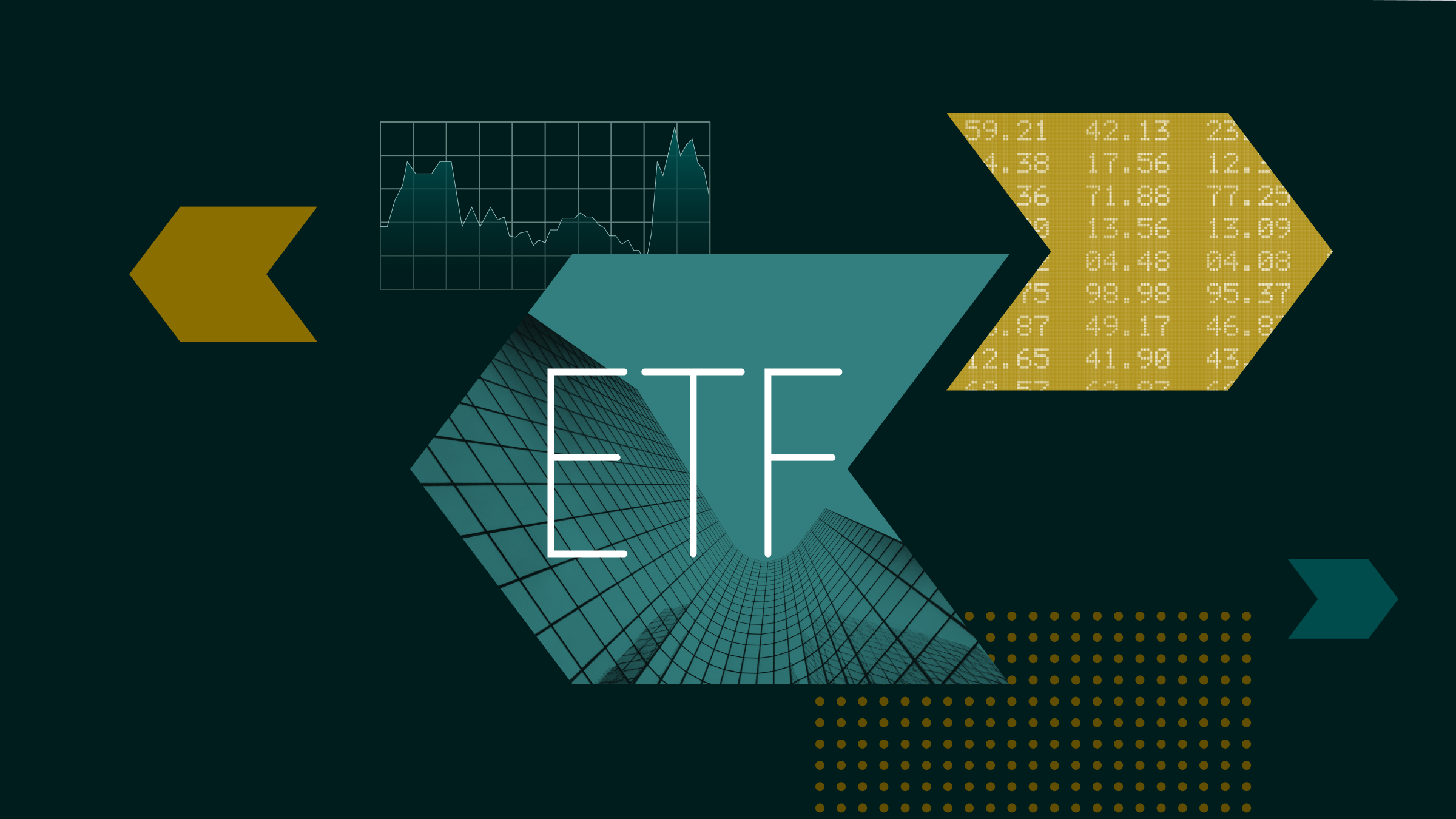
On December 19th, 2019, the Canadian Securities Administrators (CSA) announced that in most provinces, the use of deferred sales commissions (DSCs) will be banned in 2020, with a phase out period estimated to be about 2 years. The final amendments to the policy will be released in early 2020.
This puts most of Canada on par with Australia, India, the Netherlands, and the United Kingdom, countries where the use of deferred sales charges is also banned (outlined in Morningstar’s Global Investor Experience survey). From Morningstar’s perspective this is a very welcome change and will serve investors well once implemented.
All in all, very good news. Unless you live in Ontario. As the CSA announcement says, “The securities regulatory authorities of British Columbia, Alberta, Saskatchewan, Manitoba, Québec, Nova Scotia, Prince Edward Island, New Brunswick, Newfoundland and Labrador, Nunavut, Northwest Territories and Yukon will publish for adoption final amendments in early 2020 to ban the DSC option. The Ontario Securities Commission will not be adopting final amendments to ban the DSC option (emphasis ours).
What does this mean, and why does it matter?
Are DSCs common?
DSCs were first introduced in 1987. At the time, it was touted as an alternative to upfront commissions. At the time, these commissions could be as high as 9%. But times have changed. Now, front-end-loads are now generally set at zero, with dealers instead being compensated with trailer commissions of 1% a year.
Morningstar’s database shows that 1625 of 24,000 Canadian mutual funds give the option of a deferred sales charge. Net assets on these funds total $117 billion, less than 10% relative to the $1.6 trillion of assets invested in all mutual funds.
Although the use of deferred sales charges is low amongst Canadian fund dealers, they have caused much controversy, most notably from the investors who have experienced eyewatering charges when they do sell before the redemption-fee schedule.
Why are DSCs bad for me?
Here’s a hypothetical nightmare scenario:
An investor walks into a retail bank branch and looks to invest in a mutual fund. After going through a few options, she purchases units in a fund where she does not have to pay any up-front commissions to the advisor but instead contains a deferred sales charge (DSC). A year later, she sells her position in the fund and is charged 5% of her assets for selling her fund too early. Yikes.
The argument in favour of DSCs is that they dissuade investors from having a short-term approach to investments by penalizing those that redeem their units at an inopportune time – this could, in turn, avert market volatility. The fund industry’s trade body (IFIC) also argues that the existence of such commission structures allows smaller investors to access investments that they would otherwise not be able to.
We disagree. Morningstar’s stance on fees continues to be they are subtractive to an investor’s long-term success, and deferred sales charges are an extreme example of this.
Apart from the high upfront costs, the DSC has other disadvantages. For example, if the DSC fund performs poorly or no longer meets their needs, investors may be deterred from redeeming. There's also the temptation on the part of unethical dealers to churn accounts, generating a fresh upfront 5% payout, by switching the investor to another fund once the redemption-fee period expires.
What can I do if I’m already invested in a fund with a deferred sales charge?
If you are already invested in a fund with a deferred sales charge option, have a look at the redemption schedule available on the fund fact sheet (publicly available on the fund provider’s web site or request this from your financial advisor), typically on the 2nd or 3rd page. Be aware of when you can exit the fund and what the fees are to do so.
If you are keen on exiting the position, you may be able to:
1. Switch to another fund within the same fund family without incurring the redemption fee
2. Sell a percentage of your position without incurring fees.
You might also be perfectly happy with the fund’s performance and simply being aware of the fees is sufficient. A quick way to understand the fund’s performance relative to peers is to look at the Morningstar Star Rating on the fund, available here on Morningstar.ca.
What should I do to protect myself?
In general, the main way you can protect yourself is to always ask questions. Ask your advisor what you’re paying in total. How much are you paying for advice? How much are you paying in charges? Ask for cost breakdowns. It’s your money, you have to protect it!



















